Several free astrophotography tools can dramatically enhance your night sky images. DeepSkyStacker and Siril excel at image stacking, while GraXpert removes light pollution gradients with AI precision. StarNet++ separates stars from nebulosity for targeted processing. For planetary work, try PIPP, AutoStakkert!3, and Registax’s wavelet sharpening. Round out your workflow with GIMP or Darktable for final adjustments. These zero-cost options deliver professional-quality results when used together strategically.
Essential Free Software for Enhancing Astro Images
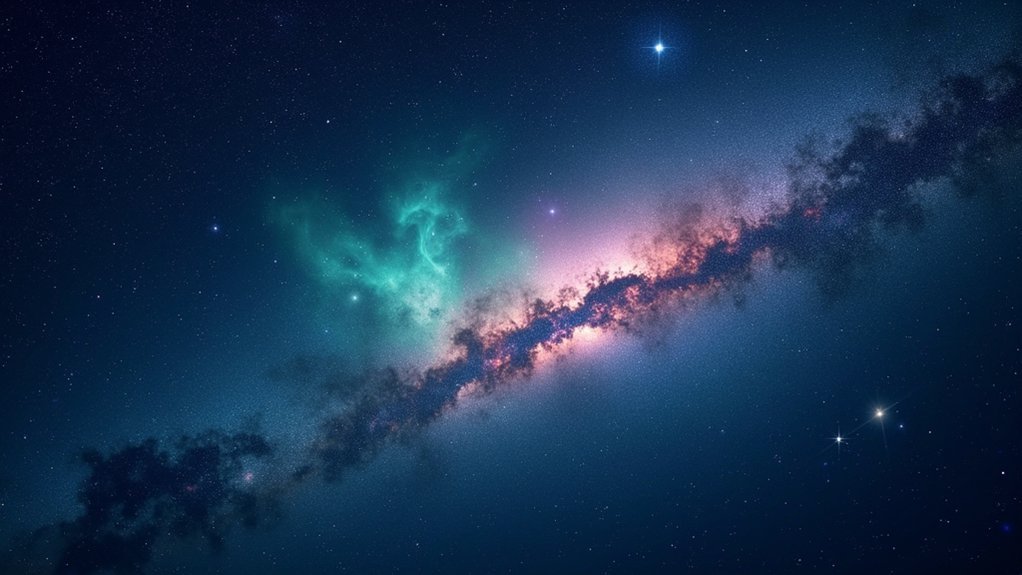
When diving into astrophotography processing, you’ll find an impressive array of free software that rivals commercial alternatives. DeepSkyStacker offers an intuitive workflow for alignment and stacking, while Siril provides more advanced calibration and post-processing capabilities including gradient removal.
For planetary imaging, the combination of PIPP for pre-processing and AutoStakkert!3 for frame selection creates a powerful workflow, with Registax’s wavelet sharpening as the perfect finishing touch.
Don’t overlook specialized tools like GraXpert for AI-powered background gradient removal or StarNet++ (integrated with Siril) for separating nebulosity from starfields. GraXpert effectively handles gradients caused by light pollution and vignetting, saving amateur astrophotographers significant time in post-processing.
Specialized utilities like GraXpert and StarNet++ transform astrophotography with surgical precision, isolating nebulae and eliminating gradients through sophisticated algorithms.
When you’re ready for final touches, GIMP handles layered editing for compositing work, while Darktable and RawTherapee excel at non-destructive RAW processing with astro-specific modules.
Platform-Specific Tools for Every Astrophotographer
Maneuvering the landscape of astrophotography software often depends on your operating system of choice.
Fortunately, several powerful tools work across platforms.
If you’re a Windows user, DeepSkyStacker is your go-to for integrating deep sky images, while Registax excels at planetary photography.
Mac users can leverage Siril for image calibration and processing as an alternative to Windows-only software.
Linux enthusiasts aren’t left behind—you’ll find GraXpert, Siril, and specialized tools in Astro package repositories.
For cross-platform compatibility, GraXpert serves all systems for gradient removal, while GIMP offers Photoshop-like editing without cost barriers.
DeepSkyStacker provides robust multilingual support through French, English, Spanish, and Portuguese home pages for international users.
Starnet++ works across platforms for star removal.
When considering premium options, Astro Pixel Processor delivers extensive features including mosaic creation, though at a price.
Step-By-Step Gradient Removal With Graxpert

Removing unwanted gradients from your astrophotography can transform mediocre images into stunning celestial portraits. GraXpert makes this process straightforward with its intuitive interface similar to PixInsight’s ABE.
Start by loading your image in one of the supported formats (TIFF, PNG, or XISF). Generate samples across areas affected by gradients but avoiding actual astronomical objects. Choose from multiple interpolation methods to calculate the background gradient. Apply the correction and watch as light pollution, vignetting, and incorrect flat corrections disappear.
You can save your sample points for future use—perfect when reprocessing the same image. GraXpert works on Windows, macOS, and Linux, requiring no additional plugins. This fast gradient removal tool significantly enhances the quality of your deep-sky photos.
For complex images, experiment with different interpolation methods to achieve the most natural-looking sky background.
From Raw Captures to Stunning Skies: Stacking Software Compared
When choosing between popular stacking programs like DeepSkyStacker and Siril, you’ll find significant differences in how accurately they register stars across multiple exposures.
Your final image quality depends heavily on registration accuracy, with proper alignment determining whether faint details emerge or disappear in the stacking process.
While DeepSkyStacker often processes files more quickly on Windows systems, Siril’s cross-platform compatibility and advanced algorithms may justify the slightly longer processing time for critical projects. Incorporating calibration frames like flat frames during processing substantially improves image quality by removing vignetting and dust spots that would otherwise diminish the final result.
DeepSkyStacker vs. Siril
Although both tools serve the same fundamental purpose, DeepSkyStacker and Siril represent two different approaches to astrophotography image processing.
If you’re just starting out, you’ll find DeepSkyStacker’s straightforward interface more approachable, letting you focus on basic stacking without a steep learning curve.
For serious astrophotographers, Siril offers considerably more power. It’s faster at stacking, produces higher-quality results, and provides extensive processing capabilities from raw capture to final image. Siril includes calibration frame support with more advanced implementation than its competitor.
Its scripting features and batch processing make handling large datasets efficient.
While both are free, Siril’s open-source nature means it receives regular community updates across Windows, macOS, and Linux.
You’ll need to invest more time learning Siril’s advanced features, but the superior output quality and versatility justify the effort.
Registration Accuracy Matters
Beyond selecting the right software, the precision of your image registration directly impacts the final quality of your astrophotography. Poor alignment causes star trailing, detail loss, and noise reduction failures. You’ll need different approaches for planetary versus deep-sky imaging. ASTAP’s plate-solving capability makes it an excellent option for precise star alignment in complex fields.
| Challenge | Impact | Solution |
|---|---|---|
| Wide-field distortion | Edge star elongation | Multi-pass alignment |
| Low-light conditions | Fewer reference points | Parameter customization |
| Tracking errors | Frame misalignment | Reference frame selection |
For best results, consider using PixInsight’s WBPP for complex datasets or ASIDeepStack for simpler projects. Don’t skip preview validation on small crops before committing to full-stack processing. Remember that calibration frames must match your light frames precisely. When dealing with atmospheric distortion in horizon shots, you’ll need specialized registration techniques to counteract refraction effects.
Processing Speed Comparison
Processing speed can make or break your astrophotography workflow, especially when handling hundreds of RAW files from a night’s imaging session.
PixInsight leads the pack with multi-core processing capabilities, greatly reducing wait times for complex stacks, though at a premium price point.
DeepSkyStacker offers respectable performance for free, but can bog down with larger datasets.
If you’re on Mac, Starry Landscape Stacker provides efficient processing for nightscape images, though with more limited functionality than full-featured alternatives.
For planetary work, AutoStakkert’s specialized algorithms process video frames faster than the more thorough RegiStax, though you’ll likely use both in sequence—AutoStakkert for stacking and RegiStax for wavelet sharpening.
Consider your typical file volume when choosing the tool that best balances speed and features.
Astro Pixel Processor offers an excellent middle-ground with its user-friendly interface while still providing powerful processing capabilities for serious astrophotographers.
Star Removal Techniques Using Free Applications
You’ll find StarNet++ invaluable for temporarily removing stars to enhance nebulosity in your astrophotographs.
This free tool can be integrated into your workflow between stacking and final processing, allowing you to work on the background details without stellar interference. StarNet++ is specifically noted for its effectiveness in processing nebulosity and stars separately.
After enhancing the starless image, you can reintroduce the stars for a balanced final composition that showcases both stellar and deep-sky elements.
Starnet++ Implementation Strategies
The integration of Starnet++ into free applications has revolutionized star removal techniques for amateur astrophotographers. Since Siril 1.2.0, you’ll find this powerful tool built-in, eliminating external dependencies beyond libtiff support. Unlike the original implementation, which requires specific Python environments, this integration makes advanced weakly supervised detection more accessible to everyday users.
For the best results, complete your registration and stacking before applying Starnet++. You can enhance deep-sky objects by removing stars selectively using masks, then blend the starless image with your original to create striking composites.
This approach particularly benefits narrowband photography, where star clutter often obscures delicate nebula details.
To verify Starnet++’s effectiveness, try subtracting your starless image from the original—this creates a “star-only” layer that reveals both the quality of removal and provides additional creative options for your final composition.
Starless Processing Workflow
Implementing an effective starless processing workflow builds upon the Starnet++ capabilities we’ve examined. You’ll want to start with proper data preparation, using longer exposures for faint nebulosity and shorter ones for star detail. After calibration and registration, apply star removal tools at the ideal stage in your processing sequence. The software utilizes a neural network architecture for effective star detection and removal without damaging nebula details.
| Processing Stage | Action | Result |
|---|---|---|
| Data Preparation | Combine exposures | Complete dataset |
| Calibration | Remove artifacts | Clean master image |
| Initial Processing | Enhance details | Defined structures |
| Star Removal | Apply StarNet++ | Nebula isolation |
For challenging areas, create a star mask through binarization techniques to distinguish stars from background. You can blend the starless version with your original image using layer masks, giving you control over which celestial features dominate your final composition. Manual cleanup with clone stamp tools helps remove any persistent bright stars.
Building a Complete Workflow With Zero-Cost Tools
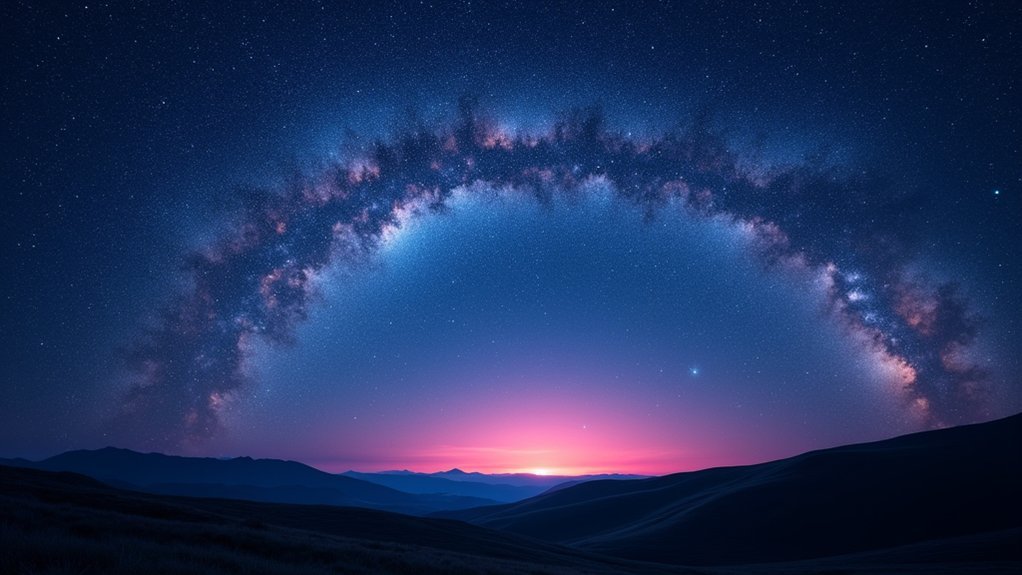
While premium software packages dominate much of the astrophotography scene, budget-conscious astronomers can build powerful image processing workflows without spending a dime.
You can create an extensive workflow using entirely free tools—start with DeepSkyStacker for calibration and stacking your images, then move to Siril for initial processing of your FITS files.
For advanced editing, GIMP offers professional-level adjustments for color balance, levels, and curves. When working with nebulae, employ StarNet++ to remove stars and process nebulosity separately before recombining elements.
Enhance details using Cosmic Clarity for sharpening, and leverage batch processing capabilities to streamline repetitive tasks. Following video tutorials from experts like Nico Carver can significantly accelerate your learning curve with these free tools.
This complete zero-cost workflow delivers professional results while maintaining flexibility across different types of astronomical targets—from galaxies to nebulae to star clusters.
Frequently Asked Questions
Can These Free Tools Match Commercial Software Quality?
Yes, you can achieve professional-quality results with free tools like Siril and GIMP. While they may lack some specialized features, their strong community support and advanced capabilities match commercial software for most astrophotography needs.
How Much Storage Space Do These Programs Require?
You’ll need minimal space for the programs themselves (typically 1-3GB), but should allocate 500GB+ for your image files and temporary processing files that these tools create during enhancement workflows.
Do These Tools Work With Smartphone Astrophotography?
Yes, many of these tools work with smartphone astrophotography. You’ll find specialized apps for basic editing on iOS and Android, though some desktop software may require transferring your images from your phone first.
What File Formats Are Supported by Each Program?
You’ll find GraXpert supports FITS, TIFF, and JPEG formats. DeepSkyStacker outputs TIFF and FITS. ImageTOOLSca converts from FITS to TIFF, JPG, and BMP. KStars and Libvips support FITS and multiple common image formats.
How Steep Is the Learning Curve for Beginners?
The learning curve for astrophotography is steep. You’ll find software like PixInsight quite challenging, while Sequator and GIMP offer gentler entry points. Expect to invest time mastering any program you choose.
In Summary
You don’t need to spend a fortune to process breathtaking astrophotography. With tools like Graxpert for gradient removal and various stacking applications, you’ve got everything required to transform raw captures into stunning celestial images. Whether you’re removing stars, enhancing nebulosity, or building a complete workflow, these free resources deliver professional-quality results. Start experimenting with these applications today—your astronomical images will thank you!
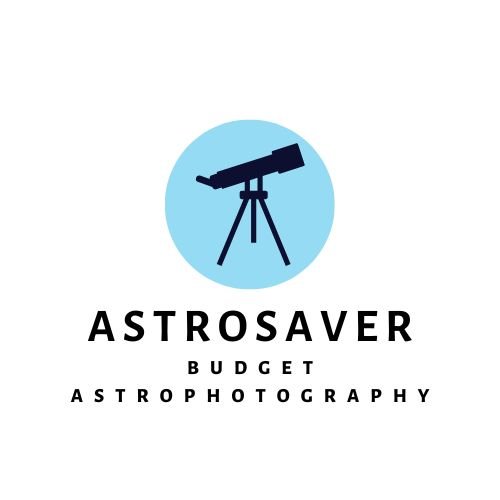

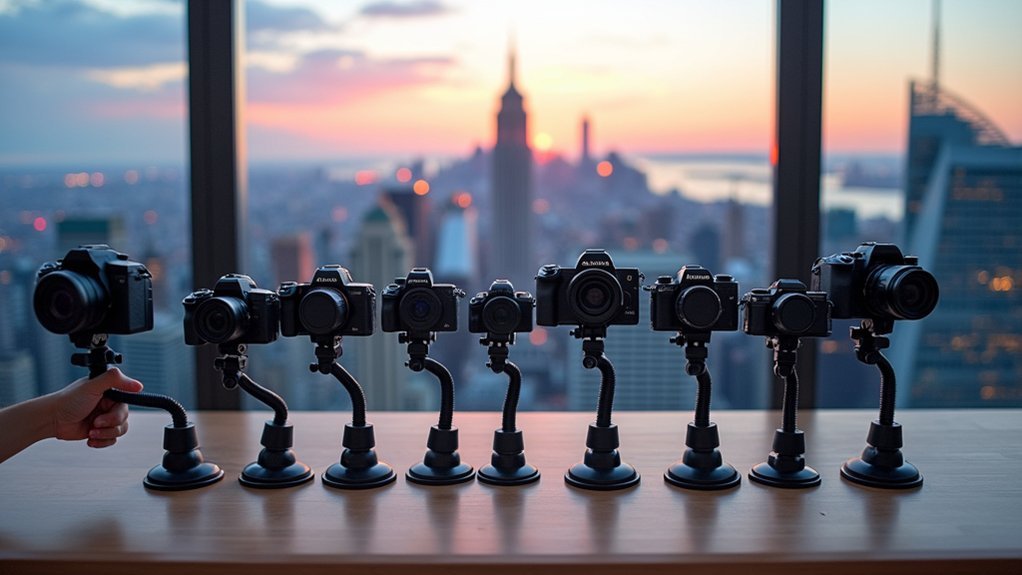

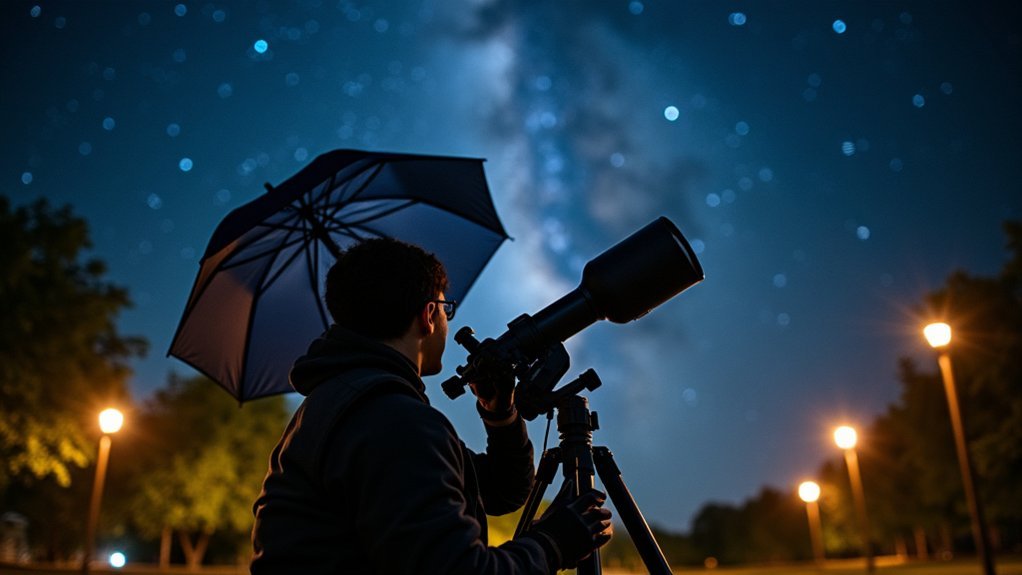
Leave a Reply